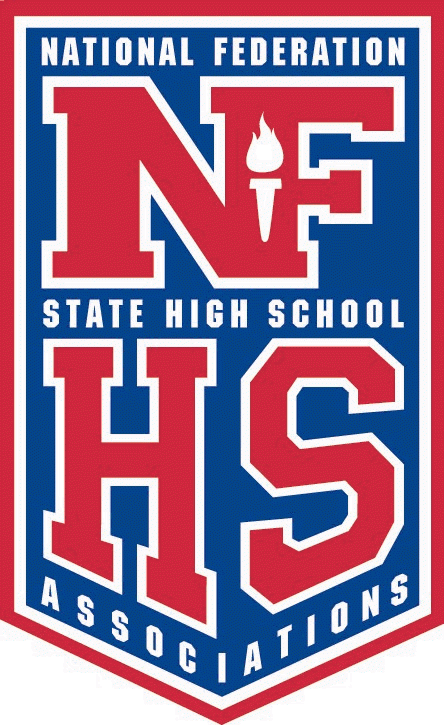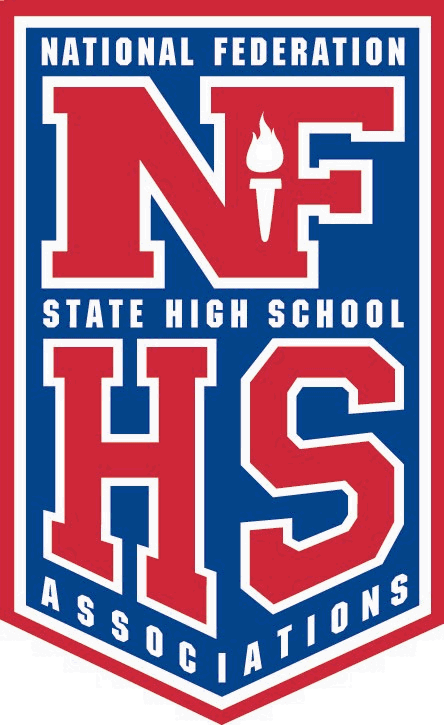
On October 29, the Institute of Medicine (IOM) and the National Research Council (NRC) released a detailed report on “Sports-Related Concussions in Youth – Improving the Science, Changing the Culture.”
The National Federation of State High School Associations (NFHS), which has been a leader among national sports organizations in the area of concussion awareness and management the past five years, fully cooperated with the preparation of the report and is in support of many of the report’s recommendations.
“We support the report’s conclusion that a culture change is a national priority,” said Bob Gardner, NFHS executive director. “Concussions are not ‘dings’ – they are serious medical conditions that need to be addressed. I am pleased to report that the NFHS places its highest priority on risk minimization for the 7.7 million participants in high school sports.”
In 2008, the NFHS Sports Medicine Advisory Committee advocated that a concussed athlete shall be immediately removed from play and not return until cleared by an appropriate health-care professional. For the past four years, all NFHS rules publications have contained guidelines for the management of an athlete exhibiting signs, symptoms or behaviors consistent with a concussion.
In addition, with help from the Centers for Disease Control (CDC), the NFHS developed a free, 20-minute online course “Concussion in Sports – What You Need to Know.” More than 1.2 million administrators, coaches, officials, athletes, parents and health-care professionals have taken the course since 2010. (See www.nfhslearn.com)
 The NFHS also agrees that injury surveillance is important to help prevent future injuries. Since 2005, the National High School Sports-Related Injury Surveillance Study (High School RIO), commissioned by the NFHS and compiled by Dr. Dawn Comstock, principal investigator from the Pediatric Injury Prevention, Education and Research (PIPER) program at the Colorado School of Public Health and Colorado Children’s Hospital in Aurora, Colorado, has been collecting injury surveillance data for the NFHS. (visit http://www.ucdenver.edu/academics/colleges/PublicHealth/research/ResearchProjects/piper/projects/RIO/Pages/Study-Reports.aspx for the full reports.)
The NFHS also agrees that injury surveillance is important to help prevent future injuries. Since 2005, the National High School Sports-Related Injury Surveillance Study (High School RIO), commissioned by the NFHS and compiled by Dr. Dawn Comstock, principal investigator from the Pediatric Injury Prevention, Education and Research (PIPER) program at the Colorado School of Public Health and Colorado Children’s Hospital in Aurora, Colorado, has been collecting injury surveillance data for the NFHS. (visit http://www.ucdenver.edu/academics/colleges/PublicHealth/research/ResearchProjects/piper/projects/RIO/Pages/Study-Reports.aspx for the full reports.)
The NFHS also works with the National Center for Catastrophic Sports Injury Research (NCCSIR) at the University of North Carolina-Chapel Hill, which has been collecting catastrophic injury data on all sports for more than 35 years.
“The NFHS strives to minimize risk for all high school athletes in all sports,” Gardner said. “The athletic community – administrators, coaches, officials, athletes, parents and health-care professionals – should know that this support system of rules, education and research exists to provide a safer environment for all athletes in all sports. We hope the report will encourage all these leaders in the high school athletic community to recognize and respond more effectively to concussions.”
About the National Federation of State High School Associations (NFHS): The NFHS, based in Indianapolis, Indiana, is the national leadership organization for high school sports and performing arts activities. Since 1920, the NFHS has led the development of education-based interscholastic sports and performing arts activities that help students succeed in their lives. The NFHS sets direction for the future by building awareness and support, improving the participation experience, establishing consistent standards and rules for competition, and helping those who oversee high school sports and activities. The NFHS writes playing rules for 17 sports for boys and girls at the high school level. Through its 50 member state associations and the District of Columbia, the NFHS reaches more than 19,000 high schools and 11 million participants in high school activity programs, including more than 7.7 million in high school sports. As the recognized national authority on interscholastic activity programs, the NFHS conducts national meetings; sanctions interstate events; offers online publications and services for high school coaches and officials; sponsors professional organizations for high school coaches, officials, speech and debate coaches, and music adjudicators; serves as the national source for interscholastic coach training; and serves as a national information resource of interscholastic athletics and activities. For more information, visit the NFHS Web site at www.nfhs.org.


There are no comments
Please login to post comments